The clinical decision to treat or not to treat children with AOM remains controversial.
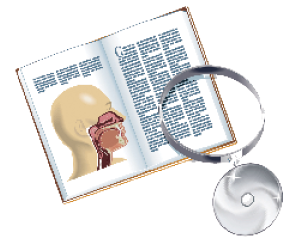

The clinical decision to treat or not to treat children with AOM remains controversial.

A new study suggests the procedure can be safe for infants, and yield profound improvements in auditory outcomes.
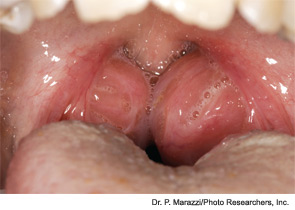
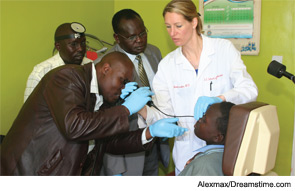
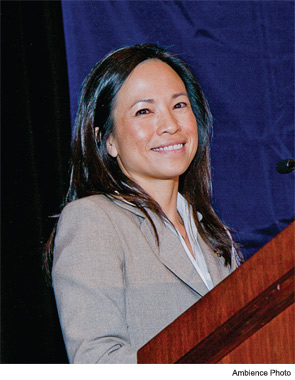
Awards for the best Triological theses this year went to three researchers, including two co-Mosher Award winners and a Fowler award winner. The awards were given here at the 115th Annual Meeting of the Triological Society on April 20, held as part of the Combined Otolaryngology Spring Meetings.
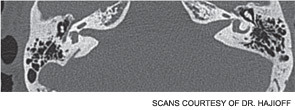
There is no one right answer to the question of which imaging test is best for patients with hearing loss who are candidates for cochlear implantation. Age, underlying pathology and the ability to tolerate radiation and sedation are just a few of the variables that can determine whether magnetic resonance imaging (MRI), computed tomography (CT) or both are chosen in this clinical setting.
Passive smoke affects ultrastructure of nasal mucosa in children; increased eustachian tube dysfunction in children with obstructive sleep apnea; risk factors for spasmodic dysphonia; predictors of complications of free flap reconstruction
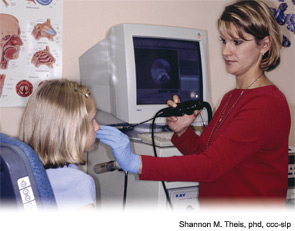
Although voice disorders in children are not new, recognition of the need to address and treat these disorders in many children is increasing.
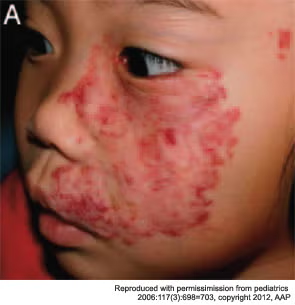
Hemangiomas in pediatric patients pose a special challenge because the proper way to proceed might not be clear immediately, according to panelists at the Triological Society Combined Sections Meeting.
Born in Council Bluffs, Iowa, Patrick Edgar Brookhouser, MD, grew up in Missouri Valley, Iowa, where he graduated valedictorian from the local high school. His intellect and natural curiosity earned him numerous academic awards, and he graduated from Creighton University summa cum laude and from Johns Hopkins Medical School as a member of Alpha Omega Alpha.